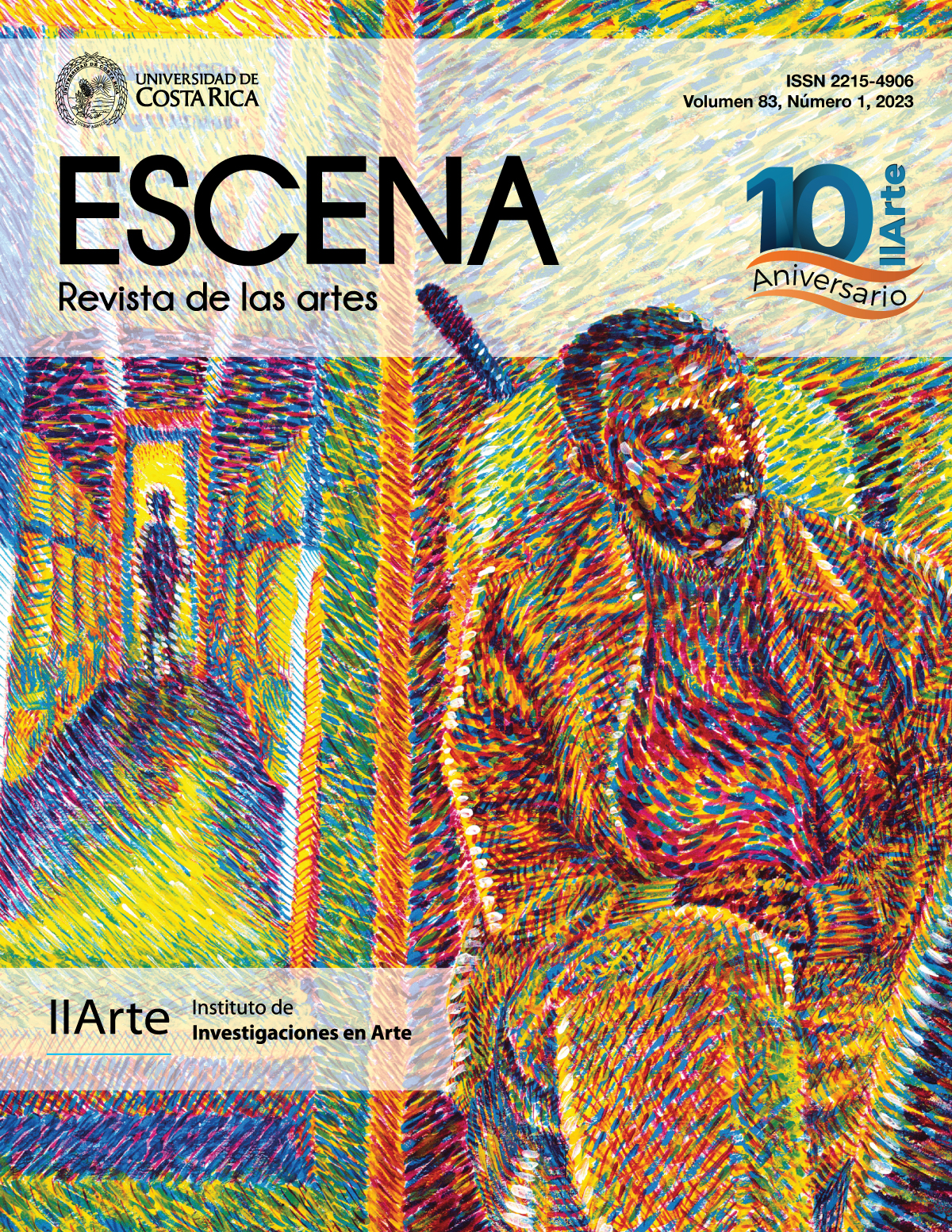Resumen
Introducción: El presente artículo reflexiona sobre la irrupción tecnológica en el área del Diseño Gráfico y la cultura visual a partir de 1990. Objetivo: Analiza las transformaciones laborales y competencias profesionales derivadas del uso de programas digitales e Internet. A nivel de problemática, la argumentación procura dilucidar el impacto tecnológico en tres posibles variables: la evolutiva como proceso gradual derivado del Diseño Gráfico tradicional; la reinvención profesional a partir del nuevo mercado tecnológico; y la automatización creativa como consecuencia de la influencia del sistema capitalista de rápido consumo, así como la enseñanza contemporánea del Diseño Gráfico. Métodos: Combina la recopilación bibliográfica con datos estadísticos recientes de IBISWorld, referidos en específico a la industria gráfica. Resultados: Se revela un incremento cuantitativo del sector sin que esto signifique necesariamente un crecimiento cualitativo. Conclusiones: Se plantea la modificación del proceso cognitivo y habilidades artísticas como resultado del insumo tecnológico y la formación en la comunicación visual posmoderna.
Citas
Adobe Systems. About Adobe. https://www.adobe.com/la/about-adobe/fast-facts.html
Aldus Corporation, Mifflin, H. (1985). PageMaker (versión 1.0A) [Software]. Aldus Corporation. https://winworldpc.com/product/aldus-pagemaker/10a
Balbi, G., & Magaudda, P. (2018). A History of Digital Media: An Intermedia and Global Perspective. Routledge.
Bastidas, P., & Morquecho, S. (2018). El diseñador frente a los desafíos de la nueva tecnología [Tesis de licenciatura, Universidad Estatal del Milagro, Ecuador]. Repositorio Universidad Estatal de Milagro. http://repositorio.unemi.edu.ec/handle/123456789/4055
Berezin, E. (1971). Data Secretary (U.S. Patent No. 3,253,262) [Software]. Redactron. https://www.invent.org/inductees/evelyn-berezin
Boon, G. K. (1977). Consideraciones sobre la dependencia tecnológica. Demografía y Economía, 11(1), 37-53. http://www.jstor.org/stable/40602118
Braudel, F. (1986). La dinámica del capitalismo. Fondo de Cultura Económica.
Bruce, B., & Ashon, A. (1979). WordPerfect (versión1.0) [Software]. Brigham Young University / WordPerfect Corporation. https://www.wordperfect.com/en/
Carter, R. (2022, 29 de mayo). La lista definitiva de estadísticas de diseño gráfico para 2022. Findstack. https://findstack.com/es/graphic-design-statistics/#:~:text=El%20dise%C3%B1o%20gr%C3%A1fico%20a%20nivel,millones%20de%20d%C3%B3lares%20en%202021&text=Seg%C3%BAn%20un%20informe%20de%20IBISWorld,UU
Cortada, J. (2012). The Digital Flood: The Diffusion of Information Technology Across the U.S., Europe, and Asia. Oxford University Press.
Edison Tech Center [ETC]. (2013). Frank Julian Sprague. https://edisontechcenter.org/FrankSprague.html
Finol, J. E. (2004, 03-05 de octubre). Arte y diseño: el impacto de las nuevas tecnologías. Arte y nuevas tecnologías [Ponencia]. X Congreso de la Asociación Española de Semiótica, Universidad de La Rioja, La Rioja, España. https://dialnet.unirioja.es/servlet/libro?codigo=4395
Fondo de las Naciones Unidas para la Infancia [UNICEF]. (2017). Estado mundial de la infancia 2017: Niños en un mundo digital. https://www.unicef.org/media/48611/file
Heidelberg Company. (s. f.). Sobre nosotros. https://www.heidelberg.com/es/es/company/company_1/heidelberg_spain/heidelberg_spain.jsp
IBISWorld. (2021, 26 de mayo). Diseñadores gráficos globales - Tamaño de mercado 2004-2027. https://www.ibisworld.com/global/market-size/global-graphic-designers/
Malaver, F. (2002). Un perfil de las capacidades tecnológicas en la industria de artes gráficas, imprentas y editoriales. INNOVAR: Revista de Ciencias Administrativas y Sociales, (20), 55-81. http://www.jstor.org/stable/23741482
Meggs, B. P. (2000). Historia del diseño gráfico (3ra ed.). McGraw-Hill / Interamericana Editores, S.A. de C.V.
Morales Holguín, A., González Bello, E., & Mendoza Morales, F. (2019). Atribuciones de la tecnología digital sobre las perspectivas del diseño gráfico. La investigación, 14(28), 29-40. https://www.researchgate.net/publication/336553679
Ortiz, R. (1997). Mundialización y cultura. Alianza Editorial.
Parisí, E. R. (2011). Escenarios del consumismo: desde lo social a lo individual. Psicología para América Latina, (22), 1-17. http://pepsic.bvsalud.org/scielo.php?script=sci_arttext&pid=S1870-350X2011000200006&lng=pt&tlng=es
Quark Inc. (1987). QuarkXpress (versión 1.0) [Software]. Quark Incorporated. https://www.quark.com/es/about/our-story
Reimers Design. (2012). Pequeño Diccionario del Diseñador. Reimers. https://www.academia.edu/23225540/Peque%C3%B1o_Diccionario_del_Dise%C3%B1ador
Robinson, K., & Aronica, L. (Ed.). (2015). Escuelas creativas. La revolución que está transformando la educación. Ediciones Grijalbo.
Rodríguez, L., & Espínola, D. (2016). Diseño y comunicación: formación profesional en la época de la hipervisualidad. Opción, 32(12), 444-459.
Santaella, J. (s. f.). ¿Cuál es la generación millennial y qué les hace tan especiales? Economía 3 (E3-blog). https://economia3.com/generacion-milenial-quienes-son/
Slattery, T. (2021, 16 de diciembre). Gigantes gráficos: April Greiman. Sessions College. Notes on Design. https://www.sessions.edu/notes-on-design/graphic-giants-april-greiman/
##plugins.facebook.comentarios##

Esta obra está bajo una licencia internacional Creative Commons Atribución-NoComercial-SinDerivadas 4.0.
Derechos de autor 2023 José María Castro Madriz



